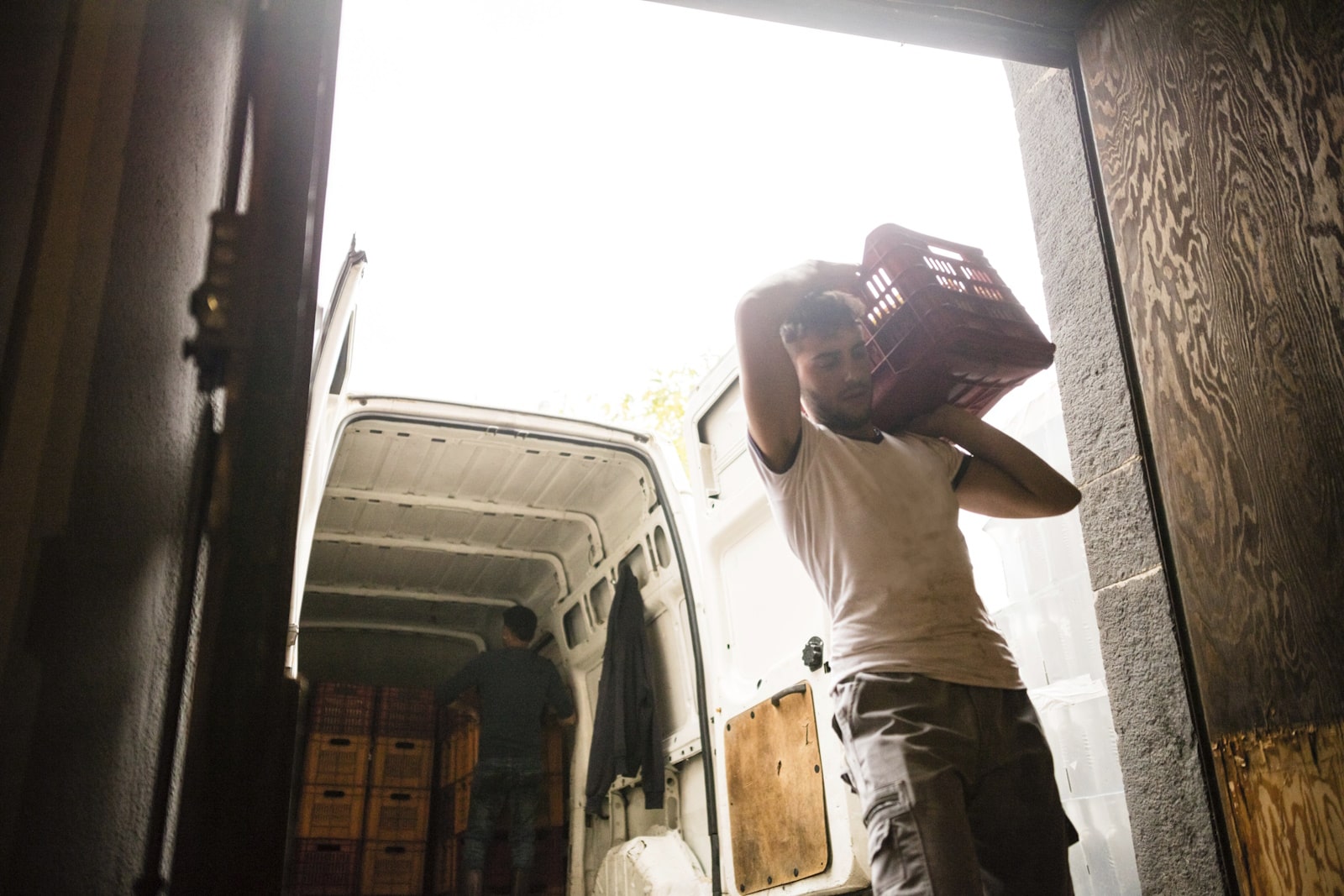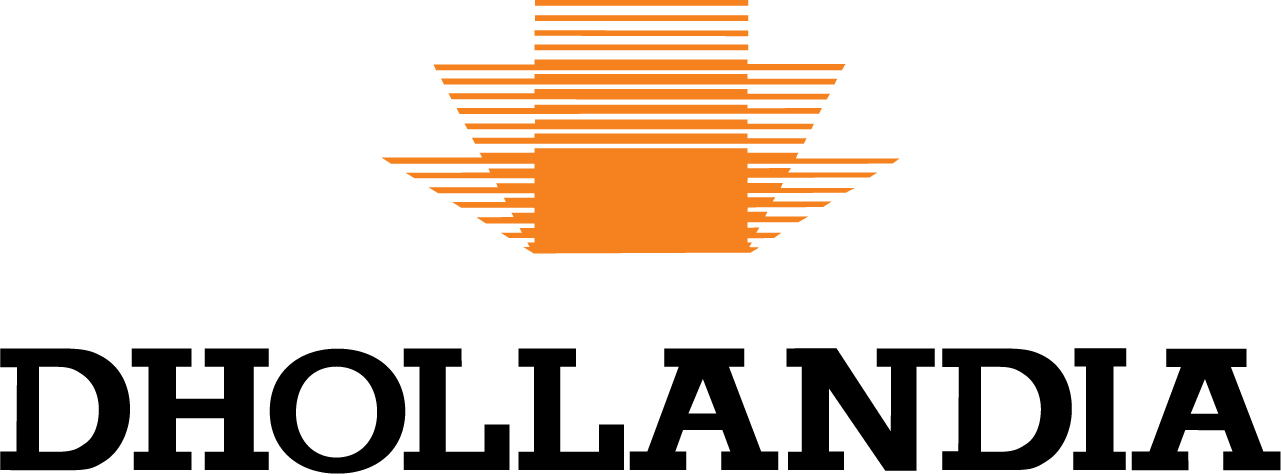
8 Must-Know Tips for Maintaining Your Tail Lift in South Africa
Tail lifts are a game-changer for businesses in South Africa, making it easier and safer to load and unload heavy goods. Whether you’re in logistics, waste management, or emergency services, keeping your tail lift in top condition is crucial for safety, efficiency, and compliance with regulations. A poorly maintained tail lift can lead to costly repairs, downtime, or even accidents, which no business can afford. In this blog, we’ll share eight practical tips to help you maintain your tail lift, ensuring it performs reliably and lasts longer. From regular inspections to spotting warning signs, these tips are designed to keep your operations running smoothly with help from trusted lift companies in South Africa.
Conduct Regular Inspections to Catch Issues Early
Regular inspections are the backbone of tail lift maintenance, especially for businesses relying on lift companies in South Africa to keep their fleets operational. Tail lifts handle heavy loads, often up to 2500kg, and any wear or damage can lead to serious malfunctions. Check all components, including the hydraulic system, control panel, platform, and safety features, at least every few months. Look for visible damage like dents on trolley stops or handrails, which could signal deeper issues. Ensure the emergency release function works and verify that the load weight capacity stays within recommended limits. Keeping an up-to-date inspection report on the vehicle is not just good practice; it’s a legal must.
By scheduling routine checks with reputable lift companies in South Africa, you can catch minor problems before they become costly repairs. For example, inspecting hydraulic lines for leaks or ensuring the platform aligns properly can prevent uneven lifting or complete failure. Cleaning external components to remove dirt or debris also helps maintain smooth operation. Regular inspections not only extend the life of your tail lift but also ensure compliance, keeping your business safe and efficient.
Lubricate Moving Parts to Prevent Wear
Lubrication is a simple yet vital step in maintaining tail lifts, and lift companies in South Africa often stress its importance for reducing wear and tear. Hydraulic cylinders, pivot points, and pins endure constant friction, especially when handling heavy loads. Applying the right lubricant, like high-temperature grease for cylinders or general-purpose grease for bearings, keeps these parts moving smoothly. Lubricate at least annually, though high-usage vehicles may need more frequent attention depending on environmental conditions. Over-lubrication can cause issues, so use just enough to coat the components effectively.
Neglecting lubrication can lead to squeaks, screeches, or even component failure, as one construction worker learned when his tail lift screeched due to forgotten maintenance. By keeping a consistent lubrication schedule, you protect fragile parts from thermal breakdown and heavy loads, extending the tail lift’s lifespan. Lift companies in South Africa recommend using low-surface-tension lubricants to ensure even coverage, especially for hydraulic cylinder shafts. This small step can save you from expensive repairs and keep your tail lift running like a dream.
Check Hydraulic Fluid Levels Regularly
Hydraulic fluid is the lifeblood of most tail lifts, powering the cylinders that lift and lower heavy loads. Lift companies in South Africa highlight that low or contaminated fluid can cause slow operation, leaks, or complete system failure. Regularly check the oil tank, typically made of durable steel or aluminium, for proper fluid levels and cleanliness. Look for dampness around cylinders or hoses, which could indicate leaks from ill-fitting connections or worn seals. Filters in the oil tank should be inspected to prevent debris from clogging the system, as this can lead to overheating or un-lubricated parts, as one truck driver discovered when his tail lift failed mid-operation.
Maintaining the oil tank involves more than just topping up fluid. Ensure the reservoir’s clean-out cover is accessible for maintenance, and replace any contaminated fluid promptly. Lift companies in South Africa advise checking fluid levels before heavy use to avoid damage to pumps or valves. By keeping the hydraulic system in top shape, you ensure smooth, controlled movements and prevent costly downtime, making this a critical step for any business relying on tail lifts.
Monitor for Noisy Operation
Strange noises like squeaks, screeches, or rattling during tail lift operation are red flags that demand immediate attention. Lift companies in South Africa warn that these sounds often indicate issues like insufficient lubrication, loose parts, or worn components. For instance, a rattling noise could point to damaged pins or bushings, while squealing might suggest hydraulic issues. Addressing these early can prevent more complex and expensive repairs down the line. If you hear abnormal noises, don’t ignore them; get a professional to inspect the lift as soon as possible.
Noisy operation isn’t just annoying; it can signal safety risks, especially when handling heavy loads up to 2500kg or more. Lift companies in South Africa recommend checking hydraulic oil levels and filters, as well as inspecting for loose or broken parts, to pinpoint the cause. Regular maintenance can often resolve these issues before they escalate, ensuring your tail lift operates smoothly and safely. Staying proactive about noises keeps your business running efficiently and protects your workers from potential hazards.
Watch for Slow or Jerky Movements
A tail lift should move smoothly and at a controlled speed, but slow or stuttering operation is a clear sign something’s wrong. Lift companies in South Africa note that these issues often stem from hydraulic problems, such as low fluid levels, leaking hoses, or faulty valves. Slow movement can delay deliveries, while jerky operation risks damaging goods or injuring operators. If you notice inconsistent performance, contact a professional for diagnostics to identify whether the issue lies with the pump, cylinders, or balance valve.
Ignoring slow or jerky movements can lead to bigger problems, like complete lift failure or costly repairs. Lift companies in South Africa suggest checking platform alignment and hydraulic pressure levels as part of routine maintenance to catch these issues early. By addressing them promptly, you avoid disruptions and keep your tail lift performing at its best, ensuring safe and efficient loading for your business.
Inspect Electrical Components for Faults
Electrical components, like the control box, switches, and wiring, are critical for tail lift operation, and lift companies in South Africa stress their proper maintenance. A faulty control box or emergency stop switch can prevent the lift from moving, while loose or frayed wiring can cause power failures or overheating. Regularly inspect the wiring for abrasion, moisture damage, or loose connections, and ensure the control box’s ECU and solenoid coils are functioning. These checks help maintain seamless communication between components, keeping the lift operational.
A short or bad ground in the electrical system can halt operations, as seen in cases where lifts failed due to undetected wiring issues. Lift companies in South Africa recommend scheduling regular checks to spot faults early, especially for high-usage vehicles. By keeping electrical components in good condition, you ensure reliable performance and reduce the risk of unexpected downtime, keeping your business on track.
Ensure Safety Features Are Functional
Safety features like locking mechanisms, safety rails, and overload sensors are non-negotiable for safe tail lift operation. Lift companies in South Africa emphasise that these features prevent accidents, such as falls or overloading, which can cause injuries or damage. Check that hydraulic and mechanical locking pins secure the platform during transport, and ensure safety rails, especially automatic ones, deploy correctly. Overload sensors should stop the lift if weight limits are exceeded, protecting both the equipment and operators.
Regular testing of safety features is critical, as faulty mechanisms can lead to catastrophic failures, like a truck’s back door giving way due to overloading. Lift companies in South Africa advise inspecting these components during every few months according to the General Machinery Regulations as stipulated by the OHS Act to ensure compliance and safety. By prioritising functional safety features, you protect your workers, cargo, and reputation while meeting regulatory standards.
Act Quickly on Visible Damage
Visible damage, such as dents on trolley stops or handrails, is often a sign of deeper issues that need immediate attention. Lift companies in South Africa warn that ignoring aesthetic damage can lead to more serious mechanical or hydraulic problems, increasing repair costs. For example, a damaged platform edge could affect alignment, causing uneven lifting. Inspect your tail lift regularly for signs of wear, rust, or dents, and address them promptly to prevent further deterioration.
Acting quickly on visible damage saves time and money while keeping your tail lift safe for use. Lift companies in South Africa recommend professional diagnostics for any visible issues to assess the extent of the problem. By staying vigilant and addressing damage early, you ensure your tail lift remains reliable and compliant, avoiding disruptions to your operations.
Why Choose Dhollandia SA for Tail Lift Maintenance
When it comes to maintaining your tail lift, partnering with a trusted provider is key to ensuring reliability and compliance. Established in 2018, this company has grown to become a leading name among lift companies in South Africa, with branches in Port Elizabeth, Cape Town, Durban, and Johannesburg. Offering tail lifts with capacities from 150 kg to 16,000 kg, they provide customisable, safe, and cost-effective solutions tailored to industries like logistics, waste management, and emergency services. Their 24-hour national breakdown service and hassle-free warranty assistance minimise downtime, while their 20 years of combined expertise ensure top-quality maintenance and repairs.
Beyond their core offerings, they stock a range of vehicle accessories, ensuring comprehensive support for your fleet. Their focus on rapid response times and individualised customer service sets them apart among lift companies in South Africa, making them a reliable partner for keeping your tail lift in peak condition. By combining local knowledge with global innovation, they deliver flexible, environmentally conscious solutions that prioritise safety and efficiency, helping businesses build long-term reliability.
Keep Your Tail Lift in Top Shape
Maintaining your tail lift is not just about avoiding breakdowns; it’s about ensuring safety, compliance, and efficiency for your business. By following these eight tips, from regular inspections to monitoring for noises and damage, you can extend the life of your tail lift and avoid costly repairs. Lift companies in South Africa play a vital role in supporting businesses with expert maintenance and rapid response services, ensuring your operations stay on track. Don’t let a neglected tail lift disrupt your workflow or compromise safety.
Dhollandia SA is here to help you keep your tail lift performing at its best. Contact us today to schedule a service, or learn more about our tailored solutions. Let’s work together to keep your business moving safely and efficiently.
